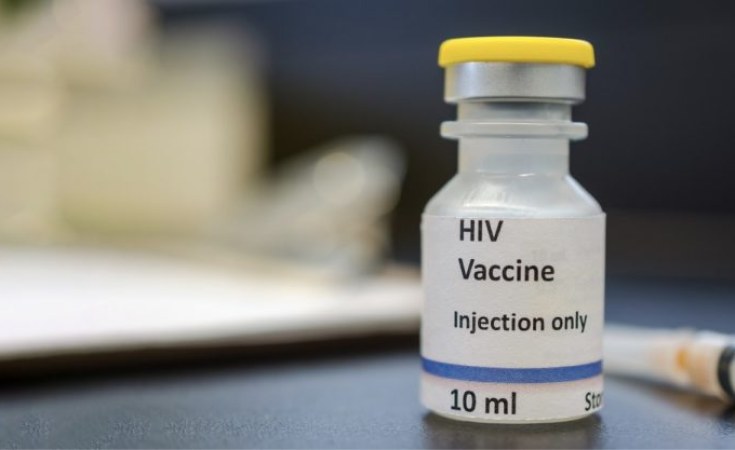Zimbabwe's robust HIV management programme continues to get international acclaim with the country receiving an accolade recognising it as one of only three Sub-Saharan African nations to attain the UNAIDS set 95-95-95 HIV objectives.
The country reached the goal last year, ahead of timelines set by the Joint United Nations Programme on HIV/AIDS target to ramp up HIV testing to 95 percent of the infected so they know their status, treatment for 95 percent of those testing positive, and viral suppression in 95 percent of the treated by 2025.
Ministry of Health and Child Care Aids and TB director Dr Owen Mugurungi said the United States President's Emergency Plan for AIDS Relief (PEPFAR) had recognised the country's achievement at a meeting held recently.
"We had a meeting with one of our biggest funders PEPFAR and we were recognised together with Botswana and Lesotho as the only countries in sub-Saharan Africa that had achieved the 95-95-95 targets.
This is something we should celebrate because it shows that Zimbabweans across all sectors have worked hard to ensure that we end Aids by 2030 and it is an affirmation that we will get there," he said.
Zimbabwe has made substantial progress in the fight against the HIV epidemic. In 2020, the country had the sixth-highest HIV prevalence in sub-Saharan Africa, with 1,3 million people aged 15 to 64 years living with HIV.
According to statistics from the National Aids Council by June last year, 96 percent of people living with HIV knew their status while 97 percent of those who knew their status were on treatment.
Of those people on treatment, 95 percent of them were virally suppressed meaning the medication they were taking was working to suppress the HIV virus.
Although the country has done well in achieving the targets, there are still people living with HIV who do not know their status while others are in denial over their status and refuse to go on treatment.
In 2020, UNAIDS set the new targets calling for 95 percent of all people living with HIV to know their HIV status, 95 percent of all people with diagnosed HIV infection to receive sustained antiretroviral therapy, and 95 percent of all people receiving antiretroviral therapy to have viral suppression by 2025.
Adopted by United Nations member states in June 2021 as part of the new Political Declaration on HIV and AIDS, these targets, combined with ambitious primary prevention targets and focused attention to supporting enablers, aim to bridge inequalities in treatment coverage and outcomes and accelerate HIV incidence reductions by focusing on progress in all sub-populations, age groups and geographic settings.


